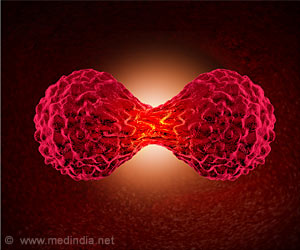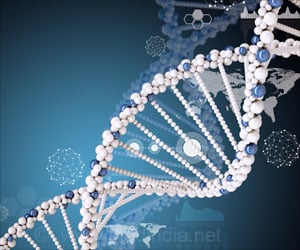The natural mechanisms that dictate resistance to cancer drugs could be a biomarker for a more effective drug therapy to treat cancer.
- The mechanism of proteasome inhibitor resistance among certain cancer patients has been identified.
- A unique gene signature was identified among people with proteasome inhibitor resistance
- This provides a new biomarker for a more targeted therapy for cancer patients
Proteasome Inhibitors
These inhibitors were once developed as in vitro probes to understand the function of proteasome’s catalytic activity. These studies aided in understanding the important role of proteasome in cell function and the possible use of proteasome inhibitors in cancer therapeutics. Previous studies have shown that proteasome inhibitors were involved in apoptosis in leukemic cell lines and in Burkitt lymphoma, were found to be very active, highlighting their importance in cancer disease progression.There were many in-vitro studies conducted and these proteasome inhibitors found that they had a broad spectrum
- Anti-proliferative
- Pro-apoptotic activity
The lead study author, Dr. Peter Tsvetkov who is a postgraduate doctor at the Whitehead Institute said that the team of researchers from The Whitehead Institute identified a counterintuitive process by which the cancer cells developed resistance to proteasome inhibitors. The mechanism that was identified by these researchers was found to be active in a large number of cancers and was indicative of an altered state of the cell. These further highlight the presence of a unique gene signature as well as a target for drug therapy. The findings correlated with prognosis of myeloma patients, which was poor, as the main drug for therapy for myeloma are proteasome inhibitors.
Proteasome Inhibitor Resistance
The research team studied numerous cancer cell lines and tumors to understand the mechanism underlying proteasome inhibitor resistance. It was found that in cancers, there was suppression of the development of one or more of the subunits of the proteasome. The proteasome is made up of different sub-units that bind together to form a whole molecule. When there is a deficiency of one sub-unit, then the entire unit will not function. The failure to assemble the whole cap results in resistance to proteasome inhibitor resistance.Biomarker Identified
The findings of the study provided a new biomarker for drug targets in cancer therapy. The proteasome inhibitors resistance mechanism highlighted the presence of a gene signature which can be used for stratifying patients. Pharmacogenetics is an important factor in ascertaining the mode of treatment for many cancer patients. Certain variants of genes will respond to certain drug therapies while certain others will not. The gene signature that was identified in the current study could be used in identifying which patients have a higher risk of developing proteasome inhibitor resistance and which patients would respond to treatment.References:
- The proteasome: structure, function, and role in the cell. - (https://www.ncbi.nlm.nih.gov/pubmed/12738238)
- Proteasome inhibitors in cancer therapy - (https://www.ncbi.nlm.nih.gov/pmc/articles/PMC3088792/)
Source-Medindia
















